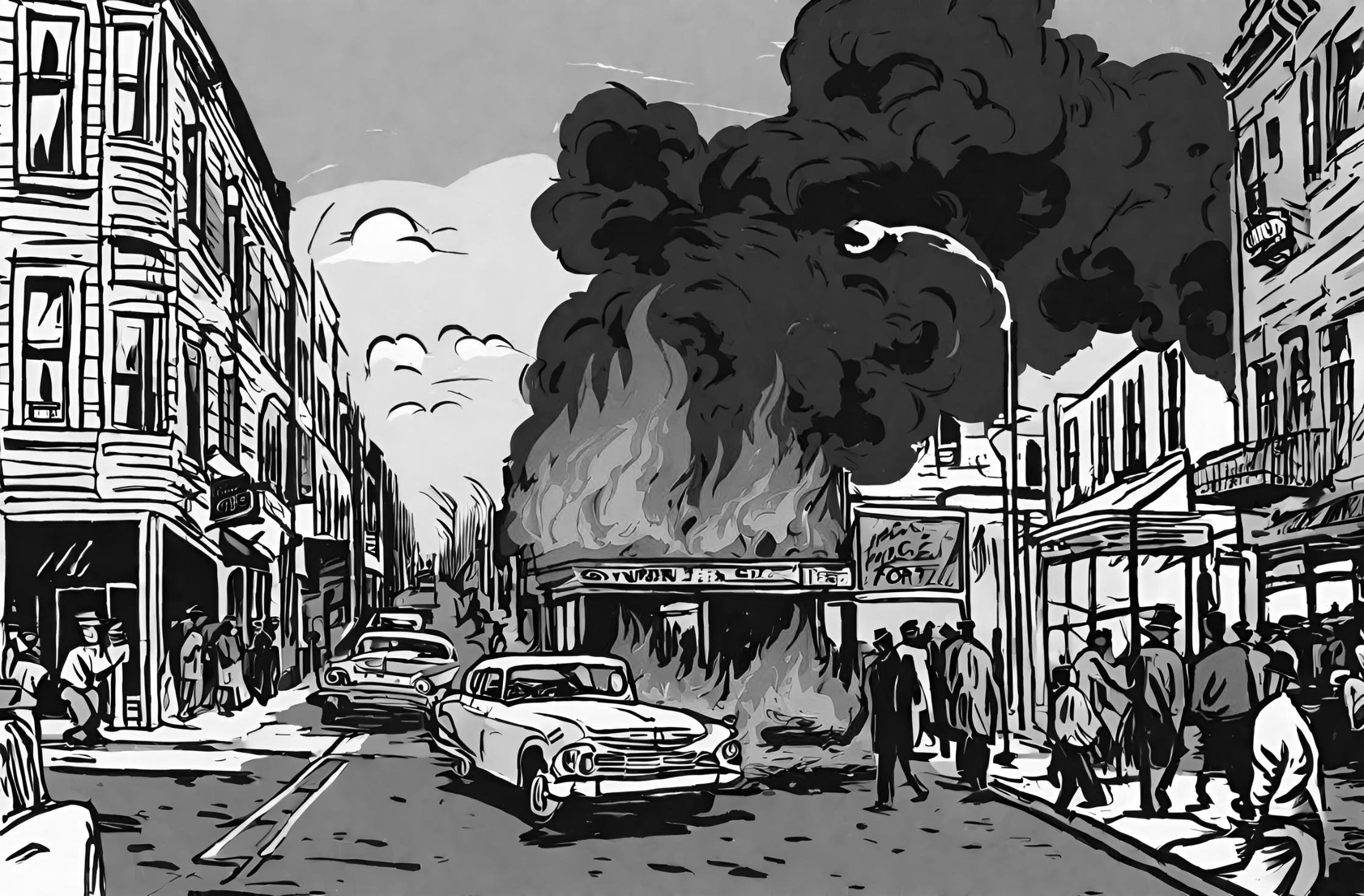Flashback to July 18
American History

On July 25, 1946, the United States conducted its fifth atomic explosion by detonating an underwater atomic bomb at Bikini Atoll in the Pacific Ocean. This event, known as the “Baker Test,” was a pivotal moment in history, marking the continuation of nuclear weapons testing after the end of World War II. In this article, we will delve into the details of this event and its significance.
The Baker Test was part of the larger Operation Crossroads, a series of nuclear tests conducted by the US government. The goal of these tests was to evaluate the effects of atomic bombs on naval ships and personnel. Bikini Atoll, a remote location in the Marshall Islands, was chosen as the testing ground due to its suitable conditions and distance from inhabited areas.
The Baker Test involved the detonation of an atomic bomb, nicknamed “Gilda,” suspended at a depth of 27 meters underwater. The explosion, with an estimated yield of 23 kilotons of TNT, created a massive column of water and a towering mushroom cloud that reached a height of more than 3 kilometers. The resulting shockwaves and radioactive fallout had far-reaching consequences.
The primary purpose of the Baker Test was to study the effects of underwater atomic explosions on naval vessels. A fleet of decommissioned ships, including aircraft carriers, battleships, destroyers, and submarines, was positioned around the blast zone to assess the damage. The intensity of the explosion was so immense that it obliterated several of these ships, while others were heavily damaged.
The Baker Test provided valuable data on the effects of nuclear weapons on maritime targets. It highlighted the destructive power of atomic bombs and the potential risks they posed to naval operations. This knowledge played a crucial role in shaping military strategies and defense mechanisms during the Cold War era.
However, the Baker Test also had serious environmental and humanitarian repercussions. The detonation released a significant amount of radioactive material into the atmosphere and contaminated the surrounding ocean. The fallout spread over a wide area and affected the local population as well as military personnel involved in the operation. The long-term health effects of exposure to radiation from the test have been a cause for concern.
The Baker Test raised international awareness about the dangers of nuclear warfare and the need for arms control. It contributed to the ongoing debate surrounding the ethics and consequences of nuclear weapons. The event sparked protests and calls for disarmament, leading to the establishment of various treaties and agreements aimed at limiting the proliferation of nuclear weapons.
Decades after the Baker Test, the legacy of nuclear testing at Bikini Atoll persists. The region remains contaminated with radioactive materials, making it uninhabitable for the local population. Efforts have been made to clean up the site and restore its natural environment, but the task remains challenging.
the underwater atomic bomb detonation at Bikini Atoll on July 25, 1946, marked a significant moment in history. It provided crucial insights into the effects of nuclear weapons on naval targets while also raising awareness about the environmental and humanitarian consequences of such tests. The Baker Test played a pivotal role in shaping discussions around nuclear disarmament and continues to serve as a reminder of the devastating power of atomic bombs.
We strive for accuracy. If you see something that doesn't look right, click here to contact us!
Sponsored Content

Race riot in Harlem,…
The race riot in…

US army air service…
On July 18, 1914,…

President Harry S. Truman…
On July 18, 1947,…

Lemuel Haynes, escapes from…
Lemuel Haynes, a former…

Rebecca Schaeffer is shot…
On July 18, 1989,…

In an event very…
On July 18, 1996,…

